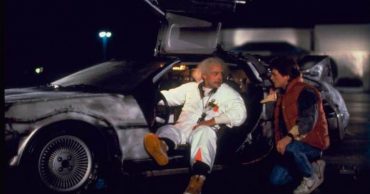A Serbian Film is a movie so controversial that it was banned in seven countries. It was so badly received that it only made, $1,550 at the box office. The movie, which was directed by Srđan Spasojević in his feature directorial debut, has even inspired academic writing analyzing the context and debate around the movie.
So what put A Serbian Film in such a place of controversy? This article will attempt to investigate the overall atmosphere of the movie to explain such an adverse reaction from the public. Furthermore, this will also look beyond what is seen on the screen and will look over the artistic value of the film, if it has any.
Theme of ‘A Serbian Film’
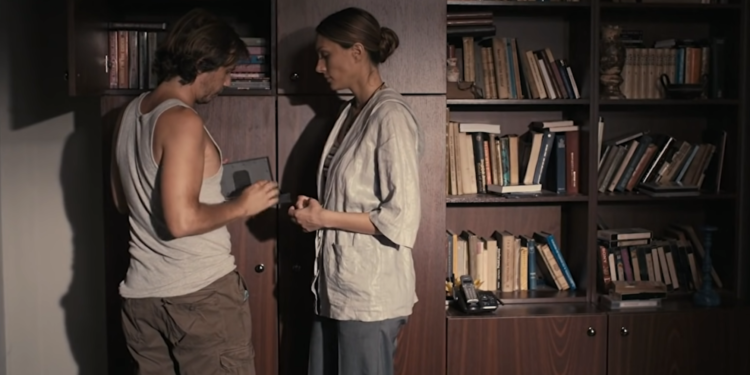
All of the themes presented in A Serbian Film can be summarized in three words: pornnd poverty. Pornography is upsetting (for the unsuspecting), and it was through this that the film channeled the upsetting conditions that it tried to depict. It is not uncommon for movies to use a feeling to deliver well a message, Les Misérables used misery, for example, and A Serbian Film went the “upsetting” route.
The main character, Miloš (Srđan Todorović), had a family who was struggling financially. This left him with no choice but to participate in an “art film” with a promise of huge sums of money, despite not being sure of the totality of the project. Throughout the film, Miloš is forced to commit many unthinkable sexual acts.
Miloš undergoing all of that could be interpreted as the government (the movie-makers) forcing a common man to do whatever they wished, with the promise of everything, however, the common man was left with nothing in the end. All the sexual acts in the movie could be interpreted as war, where some were dragged into it out of need, destroying the lives of those who befell them (for example, Jeca’s mother). In the end, all lives were miserable, just like how those who survived wars were.
Cultural Implications
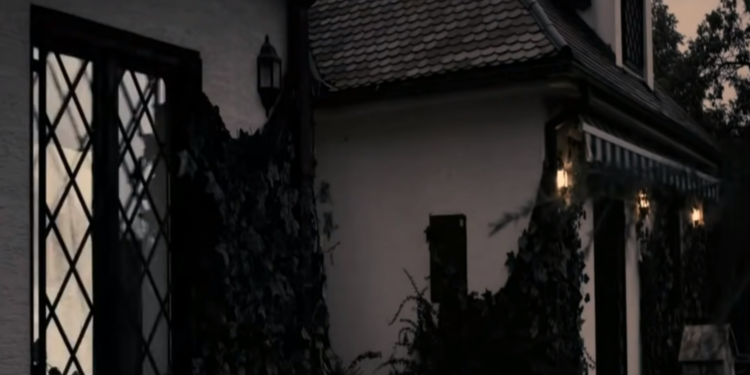
In an interview with Slobodna Dalmacija, a Croatian media outlet, the director Srđan Spasojević lamented that millions were spent on some movies that were “impersonal” and “empty,” something people could not relate to, something lacking in artistic value. For Spasojević, a film will only have good artistic value if it “conveys its idea in a strong, honest, uncompromising in a quality way, and even when it carries content that some would call painful.” The director also felt unfair that people would simply label a movie as “horrible” if it contained something that could be called “painful.”
Slobodna Dalmacija also noted that the movie shocked even its American audience when the Americans were used to seeing violence in their movies. This fact resonates with Spasojević’s idea. Shocking a culture of viewers already used to shock is a great feat, this makes his movie not “empty,” as it has something that left a mark on its viewers.
The Croatian media also inquired about the potential repercussions of the film being a potential epitome of Serbia, as its name implied. Spasojević said that his film would be a great ambassador of Serbia to the world as it significantly represented them metaphorically. The director added, no one wanted to use A Serbian Film as an example. It was an art form not found in anyone’s culture at the time.
Historical Implications
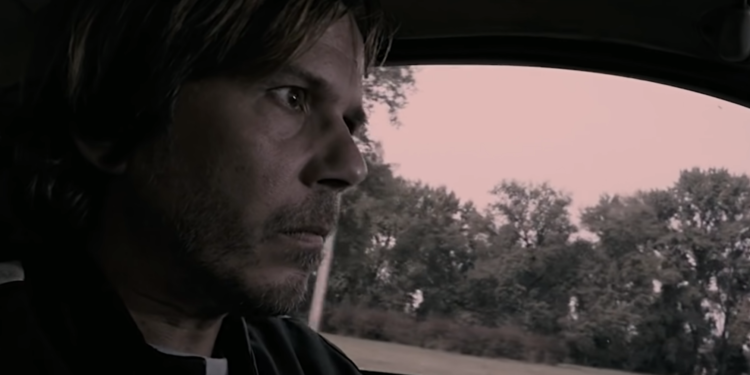
Disclaimer: This section contains strong language.
Srđan Spasojević claimed that A Serbian Film challenged what was deemed to be “correct” in the eyes of Serbian media. This deemed “correctness” had made Serbian movies bland, repetitive, and predictable, and having this movie around is a contradiction to what Serbian movies have become. This film is something unexpected and is against the status quo.
Another possible interpretation of the events of A Serbian Film is by comparing it to the rule of Milošević, who was the president of Serbia from 1991 to 1997. The concept of rape is attributable to how Milošević committed mass murders, genocides, censorship, essentially crimes that gravely affect the lives of ordinary people, effectively “violating” the lives of the people in the land. This left Serbs subject to external biases against them, leaving them with “no more pride.”
It did not tackle war themes, nor did it show any war scenes. However, Spasojević hinted that A Serbian Film was a post-war movie. It depicts how an average man has to sacrifice everything to make ends meet in a place ravaged by war.
Reception
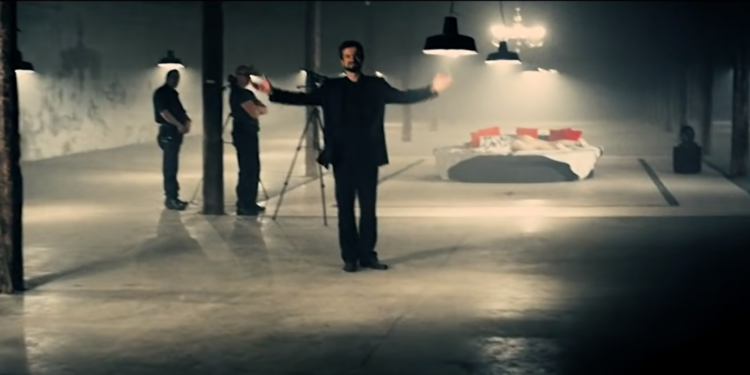
A Serbian Film was banned in 7 countries. The most notable banning took place in Spain, where, despite being banned, it was shown in a local film festival, but in the adults-only section. The director of the film festival faced charges for showing child pornography, but the cases were eventually dismissed. In July 2011, the film was banned from showing in Brazil but was allowed to be screened a year later. In South Korea, it received a Restricted rating twice. The United Kingdom required several cuts before the movie was shown in public. A Serbian Film proved to be divisive. It scored 47% on Rotten Tomatoes and 5/10 on IMDb.
 Follow Us
Follow Us


